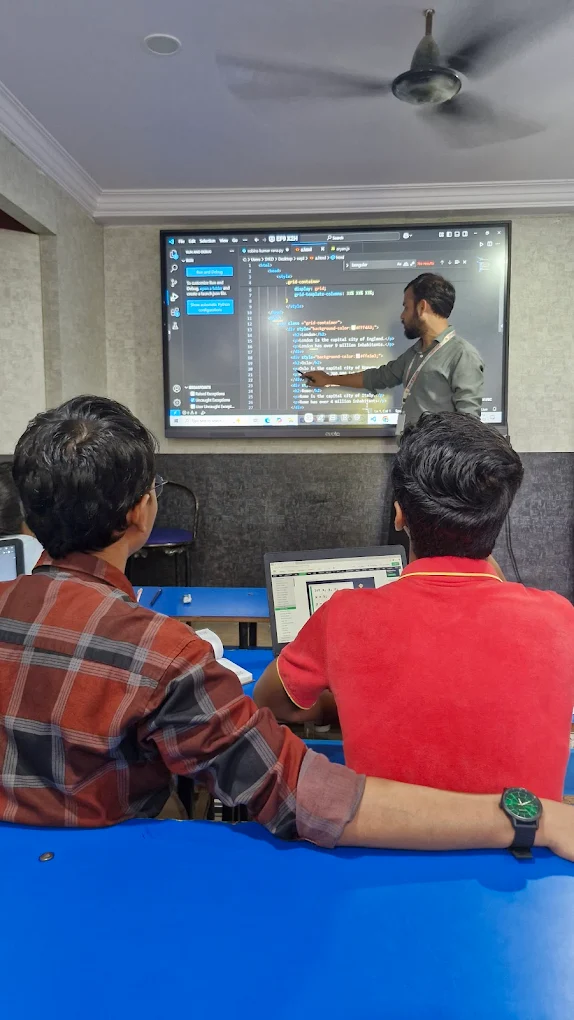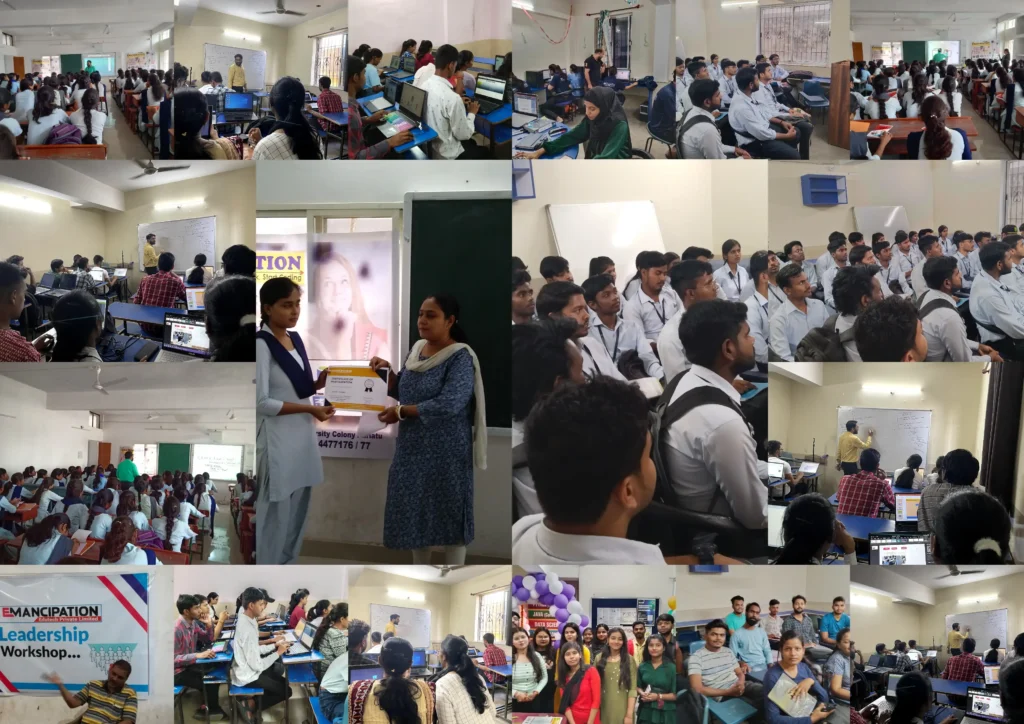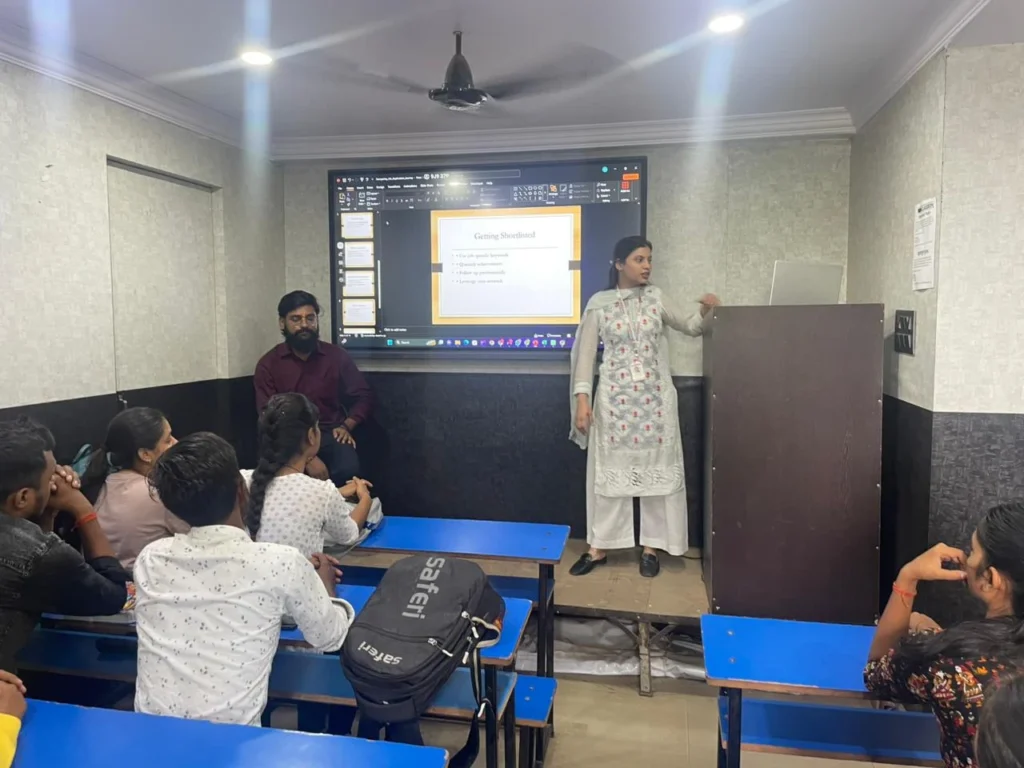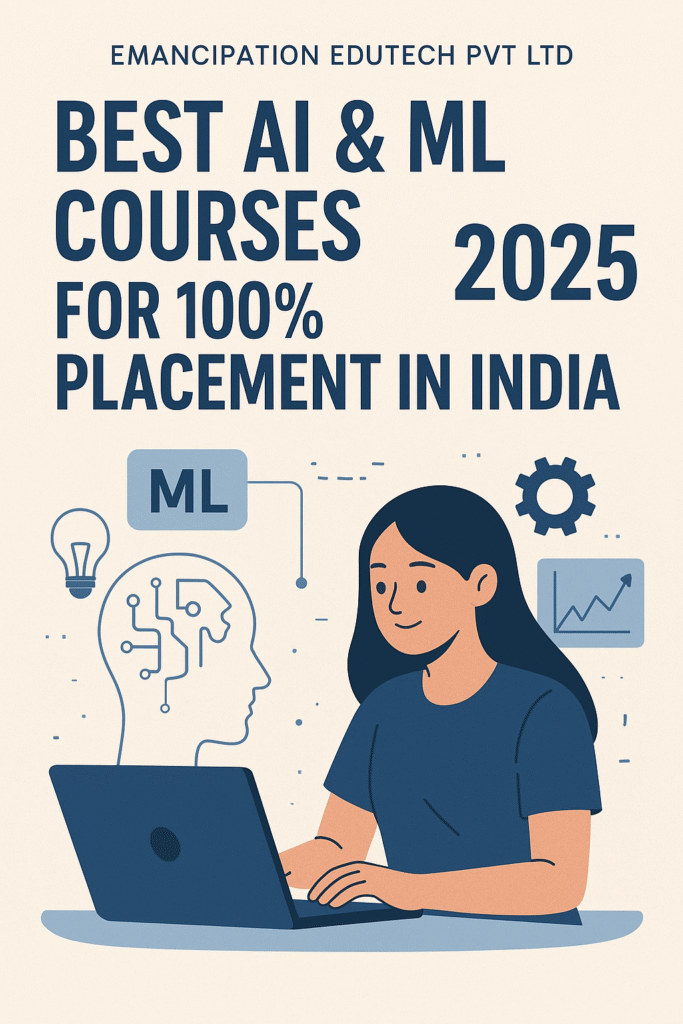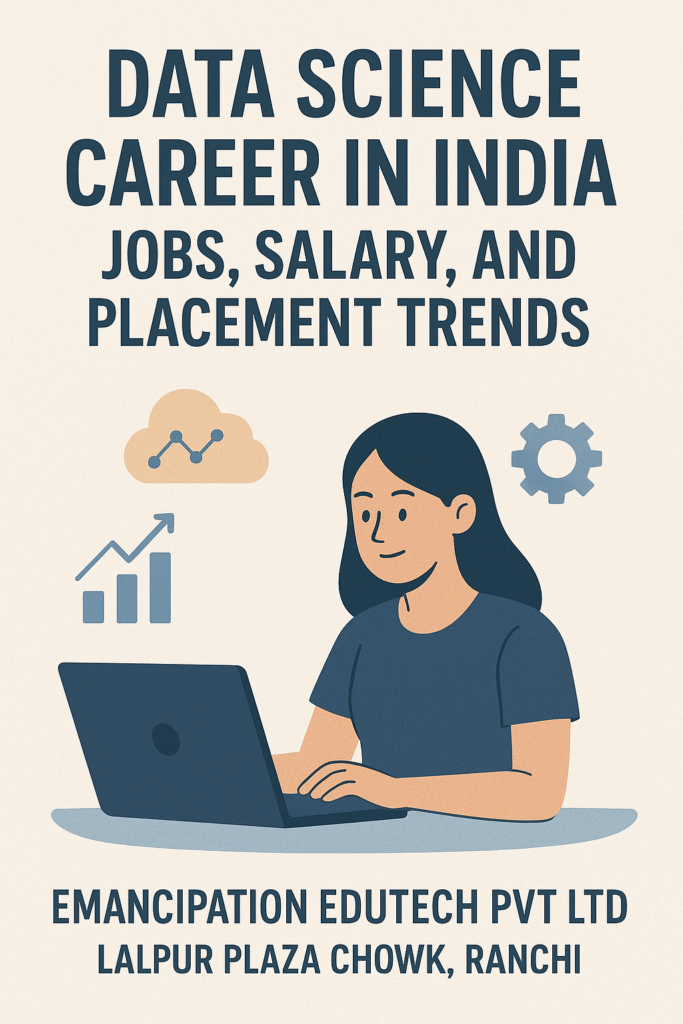Placement Opportunities After a Data Analytics Course in India
Placement Opportunities After a Data Analytics Course in India By Emancipation Edutech Pvt. Ltd., Ranchi The digital age has made data the backbone of modern businesses. Every decision—be it launching a new product, planning marketing campaigns, or streamlining operations—is powered by data. As a result, the demand for skilled data analytics professionals has grown significantly in India. Students who complete a Data Analytics course are finding themselves at the center of vast placement opportunities, ranging from IT and finance to e-commerce and healthcare. If you’re wondering about the scope and placements after a Data Analytics course, this guide will help you understand the career landscape. Why Data Analytics is a Promising Career Placement Opportunities After a Data Analytics Course 1. IT & Software Companies Top IT giants such as TCS, Infosys, Wipro, Accenture, and Cognizant hire thousands of data analysts every year. These companies look for professionals skilled in Python, SQL, and visualization tools to handle client projects. 2. E-Commerce & Retail Companies like Amazon, Flipkart, and Reliance Retail use analytics to study consumer behavior, predict sales, and improve customer experience. Analysts in this sector work on recommendation engines, supply chain optimization, and pricing models. 3. Banking & Finance Banks and fintech startups are among the biggest recruiters of data analysts. Organizations like HDFC, ICICI, Axis Bank, and Paytm use data analytics for fraud detection, risk assessment, and financial forecasting. 4. Healthcare & Pharma With digital health records and medical research data growing, hospitals and pharmaceutical companies are hiring analysts to improve patient care, predict treatment outcomes, and streamline operations. 5. Consulting Firms Global consultancies such as Deloitte, PwC, KPMG, and EY actively hire data analytics professionals to advise clients across industries. Analysts in consulting roles gain wide exposure and work on diverse business challenges. 6. Startups India’s startup ecosystem in Bengaluru, Hyderabad, Pune, and Gurgaon is booming. Startups in AI, edtech, e-commerce, and fintech recruit fresh data analysts and offer high-growth opportunities with flexible work cultures. Job Roles You Can Target After completing a data analytics course, students can apply for roles like: Skills That Employers Look For Employers value candidates who can bridge the gap between raw data and actionable business insights. Placement Outlook in India Placement trends indicate that Tier-1 cities like Bangalore, Pune, and Hyderabad remain top destinations for data analytics jobs. However, opportunities are also increasing in Tier-2 cities like Ranchi, Indore, and Bhubaneswar, making it easier for freshers to find roles without moving too far from home. Salary packages vary depending on the company and skill set: How Emancipation Edutech Pvt. Ltd. Prepares You for Placement At Emancipation Edutech Pvt. Ltd., Ranchi, we provide comprehensive support to students aiming for careers in data analytics: Conclusion Completing a Data Analytics course opens doors to a wide range of placement opportunities in India. With companies across sectors investing in analytics, freshers have the chance to begin their careers in a high-demand, high-paying field. At Emancipation Edutech Pvt. Ltd., Ranchi, we ensure that students are not only trained in technical skills but also groomed to meet industry expectations. With our hands-on training and placement support, you can confidently step into the world of data analytics and build a successful career.
Placement Opportunities After a Data Analytics Course in India Read More »


